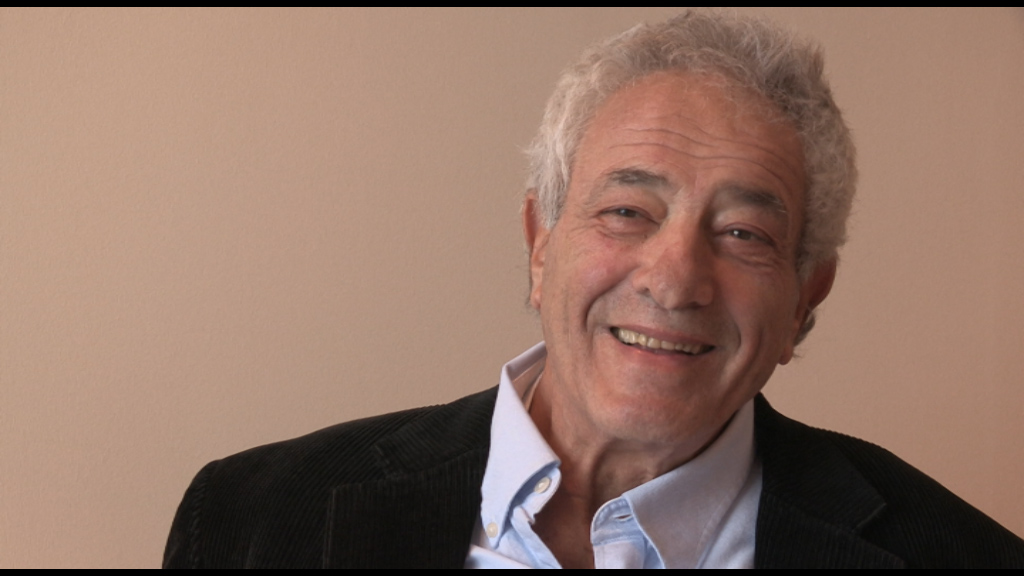NEXT STORY

Penguin Books and the American mass market
RELATED STORIES

NEXT STORY

Penguin Books and the American mass market
RELATED STORIES


|
Views | Duration | |
|---|---|---|---|
| 61. 'I have met the enemy and they is us' | 27 | 03:52 | |
| 62. Penguin Books come to America | 18 | 03:00 | |
| 63. Penguin Books and the American mass market | 15 | 04:15 | |
| 64. Moving back to America | 19 | 05:44 | |
| 65. Proud to have saved Penguin Books | 23 | 04:42 | |
| 66. A fondness for Britain | 18 | 03:26 | |
| 67. Politics at Penguin Books | 55 | 07:47 | |
| 68. Tackling Penguin's notion of conformity | 27 | 01:40 | |
| 69. Consolidating Penguin Books | 25 | 07:31 | |
| 70. Of no fixed abode | 22 | 03:21 |


Well, in that document that I had learned to do to provide my colleagues and owners with a view of what I was likely to have as a policy, I did say that I was going to, not exactly forget about America, but deal with America later because the problems were right there in the heart of Penguin. And I did go to America later, in the eighth, ninth or tenth year of my 19 or 20 years at Penguin, because I noticed, or I came to see, that Penguin in the United States was not a mass market paperback publisher. It was the most universally known imprint or publishing company in Britain and in the Commonwealth, but not in the United States. And the reasons for [this] were very complicated. They had to do with cover art. They had to do with forms of distribution. It had to do with where books were sold in America, as distinct from where they were sold in Britain.
And so, when I finally came to address the issue of the fact that Penguin in the United States, the largest book market for English language reading, Penguin was hardly to be seen there, I bought – I had Penguin buy – New American Library, which was one of the large American paperback houses, mass market. But what was curious about New American Library is that it had been founded by people who sought, originally, to copy Penguin in the United States, so it was like recapturing the castle. They had a non-fiction line called Mentor Books which was modelled on Penguin, on Pelican, I should say… on Pelican. And they had a classics line which was called Signet Classics which was modelled on the Penguin Classics.
Peter Mayer (1936-2018) was an American independent publisher who was president of The Overlook Press/Peter Mayer Publishers, Inc, a New York-based publishing company he founded with his father in 1971. At the time of Overlook's founding, Mayer was head of Avon Books, a large New York-based paperback publisher. There, he successfully launched the trade paperback as a viable alternative to mass market and hardcover formats. From 1978 to 1996 he was CEO of Penguin Books, where he introduced a flexible style in editorial, marketing, and production. More recently, Mayer had financially revived both Ardis, a publisher of Russian literature in English, and Duckworth, an independent publishing house in the UK.
Title: Penguin Books come to America
Listeners: Christopher Sykes
Christopher Sykes is an independent documentary producer who has made a number of films about science and scientists for BBC TV, Channel Four, and PBS.
Tags: Penguin Books, America, New American Library
Duration: 3 minutes
Date story recorded: September 2014-January 2015
Date story went live: 12 November 2015